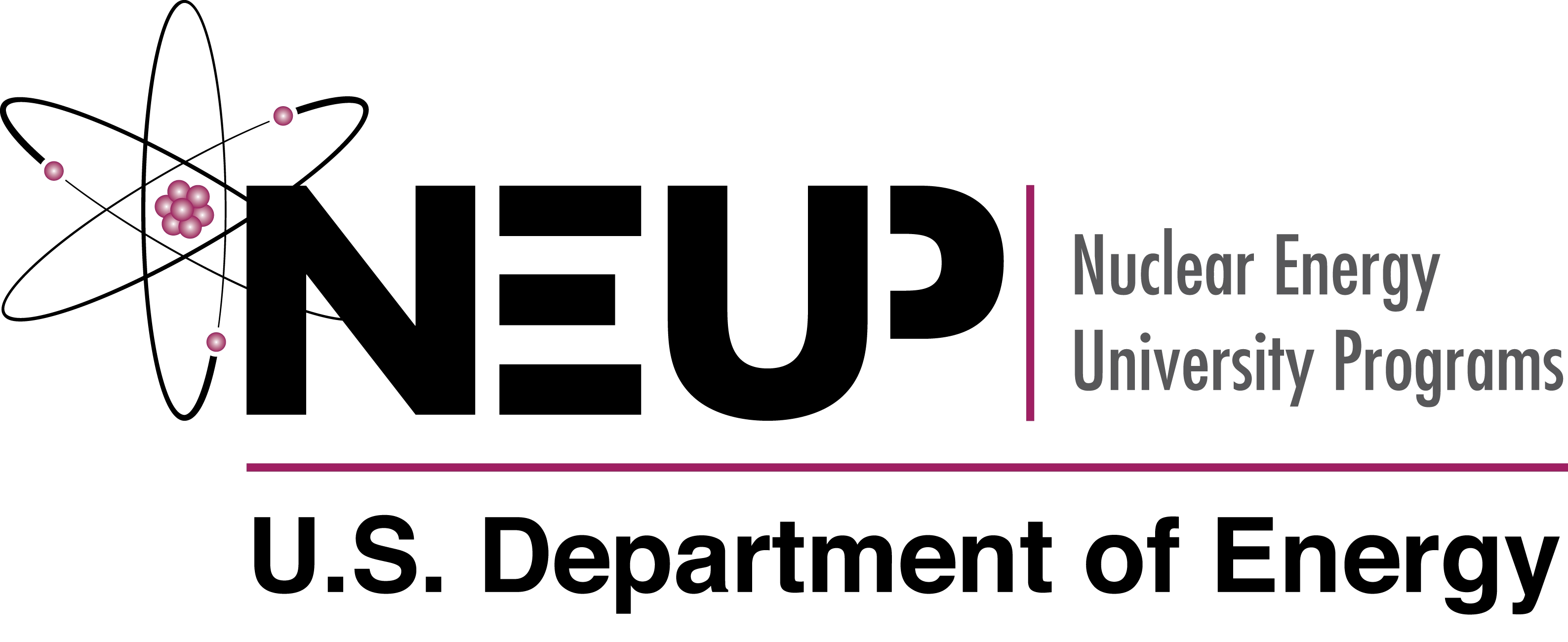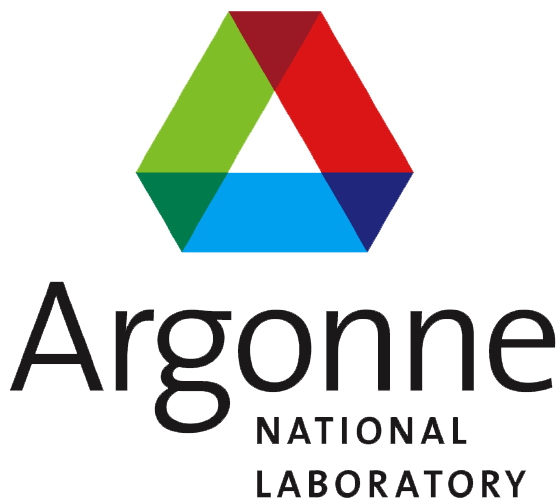Getting Started with Cyclus¶
To model fuel cycles, you will need to install two things: first the main codebase (called Cyclus), and then a set of fuel-cycle specific archetypes (called Cycamore).
Warning
In the cyclus ecosystem, only versions whose micro or patch number
(the third and last number) are zero are considered stable.
Other releases where the version number is greater than zero are
bugfix and maintainence releases and are considered unstable.
For example, a release number of 1.42.0 is stable, while
1.42.3 is unstable.
1. Install Cyclus and Cycamore¶
The following methods of installation are listed in order of increasing sophistication, choose the option that best fits your needs. If you feel like none correspond to your needs please feel free to contact us using the Cyclus User mailing list, we will identify the best approach for you.
Binary installation on Linux (via Debian package or Conda):
Requires familiarity with Linux
Recommended for users wanting to run simulations locally (without internet)
Install Stable From Source (via Tarball):
Requires programming skills/familiarity with compiling code
Recommended for users wanting to modify existing archetypes or write new archetypes (aka developers)
Install Main from Source (via Repository):
Requires programming skills/familiarity with compiling code, basic understanding of Git/GitHub
Recommended for developers or users who require the bleeding edge version of Cyclus
Required for developers who wish to contribute to kernel development of Cyclus
-
Requires Docker install on machine and familiarity with Docker
2. Run Cyclus with a Sample XML File¶
Try running Cyclus for yourself. The result will be a database named cyclus.sqlite. Use your favorite sqlite browser to peruse, or explore the data using Cymetric.
$ cyclus ~/path/to/cycamore/input/recycle.xml





